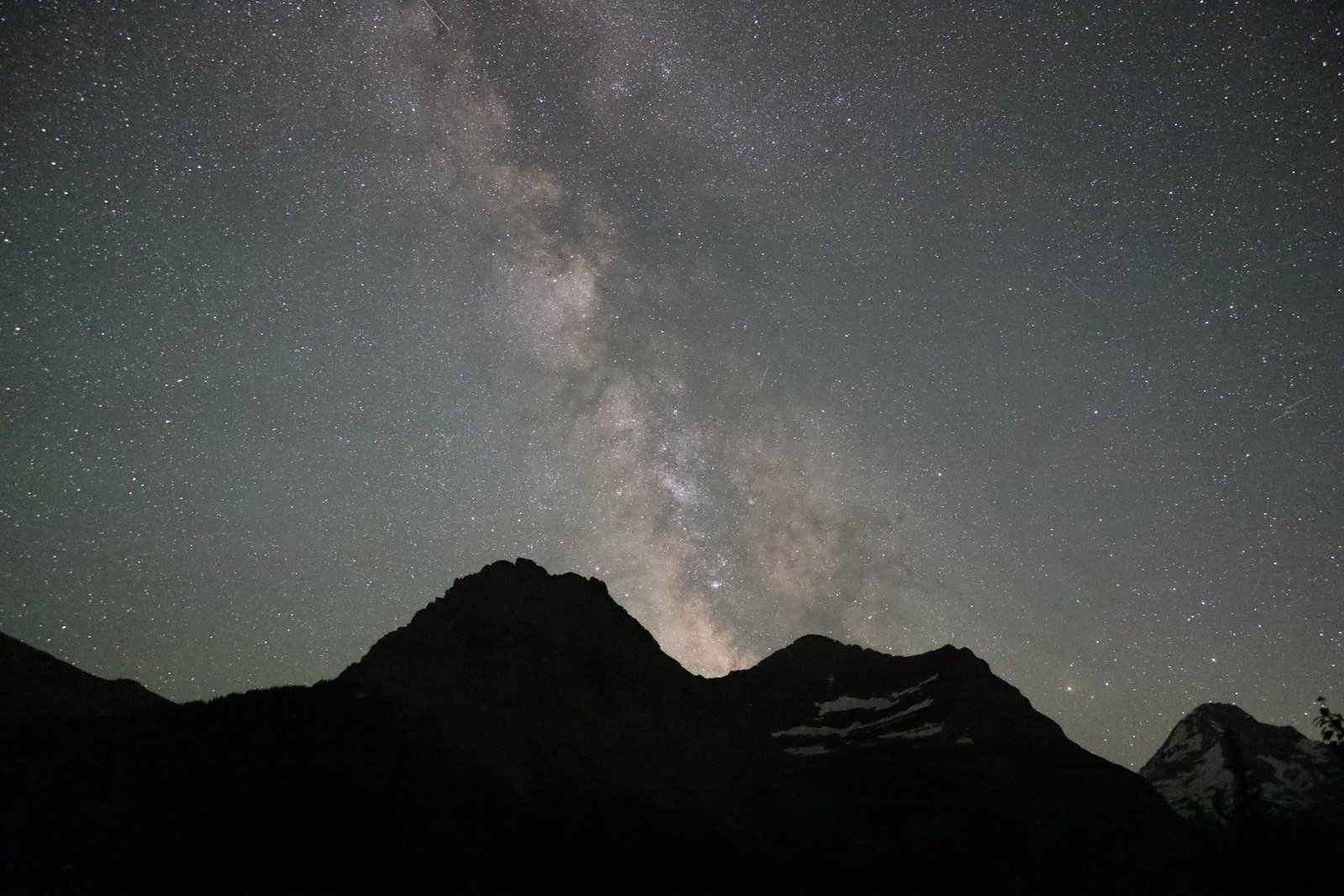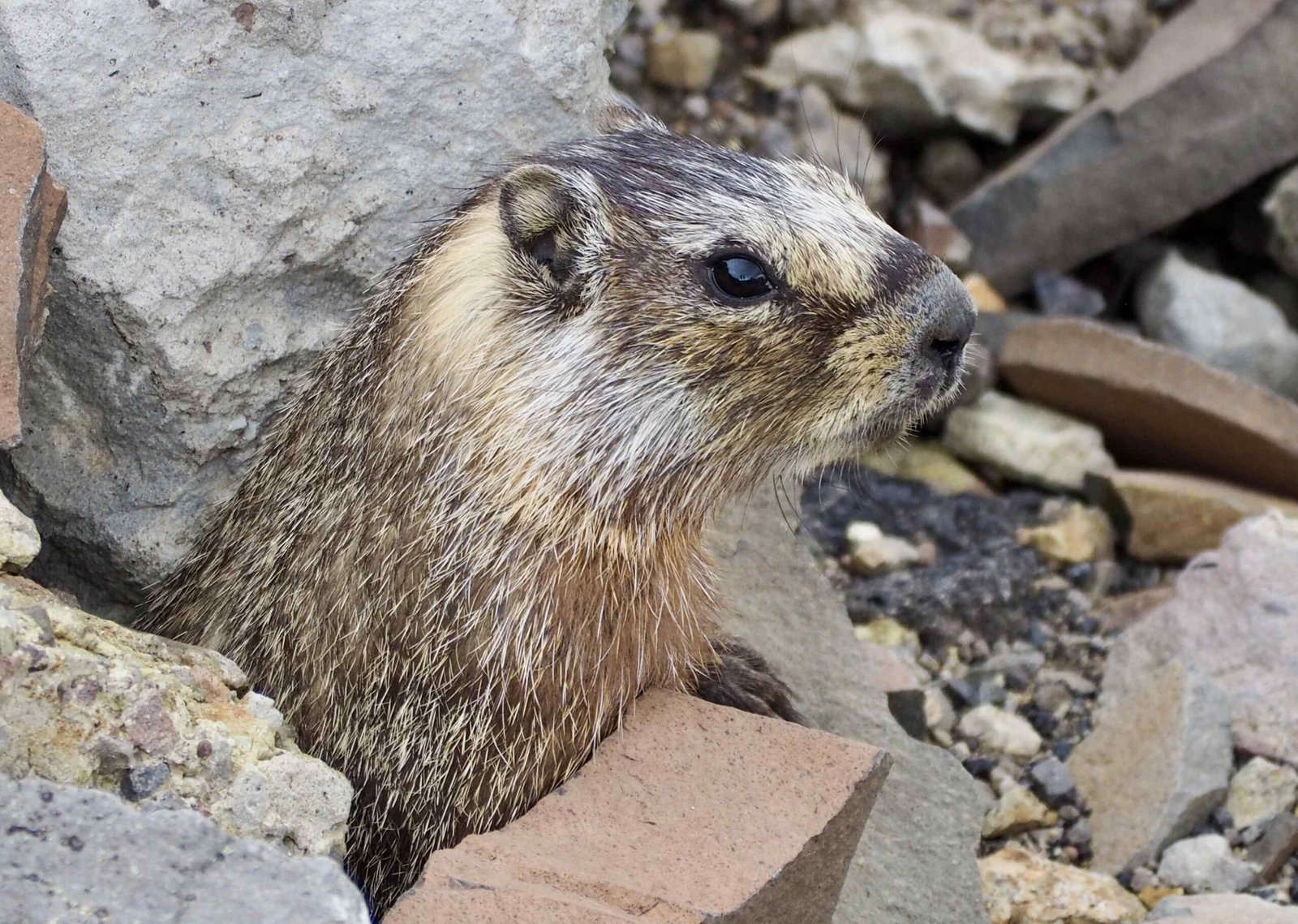Hay Stack Butte in Glacier National Park is a prominent geological feature and popular hiking destination. Located along the scenic Highline Trail, it offers breathtaking panoramic views of the surrounding mountains, alpine meadows, and diverse wildlife. The butte is accessible via a moderate 7.2-mile round trip hike from Logan Pass, attracting nature enthusiasts and photographers alike. With its unique vantage point and rich biodiversity, Hay Stack Butte exemplifies the raw beauty and natural wonders of Glacier National Park.
What is the Significance of Hay Stack Butte in Glacier National Park?

Hay Stack Butte holds a special place in the heart of Glacier National Park. Its distinctive shape and strategic location make it a focal point for hikers and nature lovers. Here’s why it’s significant:
- Geological Marvel: The butte stands as a testament to the park’s glacial history and geological processes.
- Scenic Viewpoint: It offers unparalleled views of the surrounding landscape, including the Continental Divide and the Garden Wall.
- Wildlife Habitat: The area around Hay Stack Butte is home to various alpine species, making it a hotspot for wildlife observation.
- Hiking Destination: As part of the popular Highline Trail, it serves as a key landmark and destination for hikers.
How Can Hikers Access Hay Stack Butte?

Accessing Hay Stack Butte is an adventure in itself. Here’s what you need to know:
- Trail: The primary access is via the Highline Trail.
- Trailhead: Start at the Highline Trailhead, located on the north side of Going-to-the-Sun Road at Logan Pass.
- Distance: The round trip to Haystack Pass (near the butte) is approximately 7.2 miles.
- Elevation Gain: Expect about 825 feet of elevation gain.
- Difficulty: The trail is rated as moderate, with a difficulty rating of 8.85 out of 10.
- Estimated Time: While exact times vary, plan for several hours to complete the hike, allowing for scenic stops and wildlife viewing.
What Views Can Visitors Expect from Hay Stack Butte?
The panoramic views from Hay Stack Butte are nothing short of spectacular. Here’s what you can expect to see:
- Mountain Peaks:
- Mt. Cannon
- Mt. Oberlin
- Heavens Peak
-
Mt. Gould
-
Geological Features:
- The Continental Divide
-
The Garden Wall
-
Natural Landscapes:
- Alpine meadows
- Wildflower fields (seasonal)
- Glacial valleys
For the best viewing experience, plan your visit during the summer or fall when the weather is clearer and wildflowers are in bloom.
What Wildlife Can Be Spotted Around Hay Stack Butte?
The area surrounding Hay Stack Butte is teeming with wildlife. Here’s a list of common species you might encounter:
- Mountain Goats
- Bighorn Sheep
- Marmots
- Pika
- Various Bird Species (including raptors)
| Best Times for Wildlife Viewing | Reason |
|---|---|
| Early Morning | Animals are active and foraging |
| Late Afternoon | Wildlife emerges to feed before nightfall |
| Summer and Fall Seasons | Higher animal activity in alpine meadows |
Remember to maintain a safe distance and never feed the wildlife. Binoculars or a telephoto lens can enhance your wildlife viewing experience without disturbing the animals.
What Are the Best Photography Tips for Capturing Hay Stack Butte?
Photographing Hay Stack Butte and its surroundings can be a rewarding experience. Here are some tips to help you capture the best shots:
- Timing:
- Golden Hour: Shoot during early morning or late afternoon for soft, warm light.
-
Blue Hour: Capture the landscape just before sunrise or after sunset for a ethereal atmosphere.
-
Equipment:
- Wide-angle Lens: Ideal for capturing panoramic views and expansive landscapes.
- Telephoto Lens: Perfect for wildlife photography and capturing distant peaks.
-
Tripod: Essential for low-light conditions and long exposures.
-
Composition Tips:
- Use the Rule of Thirds: Place Hay Stack Butte off-center for a more dynamic composition.
- Include Foreground Elements: Incorporate wildflowers or rocks to add depth to your images.
-
Capture Reflections: If you encounter alpine lakes, use them to create stunning mirror images.
-
Specific Locations:
- Haystack Pass: Offers excellent vantage points for capturing surrounding peaks and meadows.
- Ledge Section of Highline Trail: Provides unique and dramatic compositions (caution advised for those with fear of heights).
What Should Hikers Know About Safety When Visiting Hay Stack Butte?
Safety should be a top priority when hiking to Hay Stack Butte. Here are some essential safety tips:
- Weather Preparedness:
- Check weather forecasts before your hike.
- Be prepared for sudden weather changes, common in alpine environments.
-
Bring appropriate gear, including rain jackets and warm layers.
-
Wildlife Safety:
- Maintain a safe distance from all wildlife (at least 100 yards from bears and wolves, 25 yards from other animals).
- Carry bear spray and know how to use it.
-
Make noise while hiking to avoid surprising animals.
-
Trail Safety:
- Stay on designated trails to prevent erosion and protect fragile alpine ecosystems.
- Be cautious on narrow or exposed sections of the trail.
-
Use trekking poles for added stability, especially on steep or uneven terrain.
-
General Hiking Safety:
- Bring plenty of water and high-energy snacks.
- Inform someone of your hiking plans before setting out.
- Carry a first-aid kit and know basic wilderness first aid.
How Does Hay Stack Butte Contribute to Glacier National Park’s Ecosystem?
Hay Stack Butte plays a crucial role in the park’s ecosystem:
- Biodiversity Hotspot:
- Supports a variety of alpine plant species
-
Provides habitat for numerous animal species
-
Water Source:
-
Contributes to the park’s watershed through snowmelt and runoff
-
Climate Indicator:
-
Changes in vegetation and snow cover on the butte can indicate broader climate trends
-
Geological Education:
- Serves as a visible example of the park’s geological history and processes
By preserving and studying Hay Stack Butte, scientists and park managers gain valuable insights into the health and dynamics of Glacier National Park’s ecosystem.
What Is the Best Time of Year to Visit Hay Stack Butte?
The optimal time to visit Hay Stack Butte depends on your interests and preferences:
| Season | Pros | Cons |
|---|---|---|
| Summer (July-August) | – Peak wildflower blooms – Clearest weather – All trails open |
– Crowded – Potential for wildfires |
| Fall (September-October) | – Fall colors – Less crowded – Wildlife more active |
– Cooler temperatures – Potential for early snow |
| Spring (May-June) | – Waterfalls at peak flow – Fewer crowds |
– Some trails may still be snow-covered – Unpredictable weather |
| Winter (November-April) | – Solitude – Snow-covered landscapes |
– Limited access – Extreme cold – Avalanche danger |
For most visitors, late July to early September offers the best balance of accessibility, weather, and natural beauty. However, each season has its unique charms, and visiting Hay Stack Butte at different times of the year can provide vastly different experiences.
By understanding the significance, access, views, wildlife, photography opportunities, safety considerations, ecological importance, and seasonal variations of Hay Stack Butte, visitors can fully appreciate this remarkable feature of Glacier National Park. Whether you’re a seasoned hiker, a wildlife enthusiast, or a landscape photographer, Hay Stack Butte offers a wealth of experiences that showcase the raw beauty of one of America’s most treasured national parks.
References:
1. Highline Trail to Haystack Butte – Glacier National Park – Tripadvisor
2. Haystack Pass – Hike the Highline Trail to Haystack Pass in Glacier
3. Haystack Butte (GNP) : Climbing, Hiking & Mountaineering